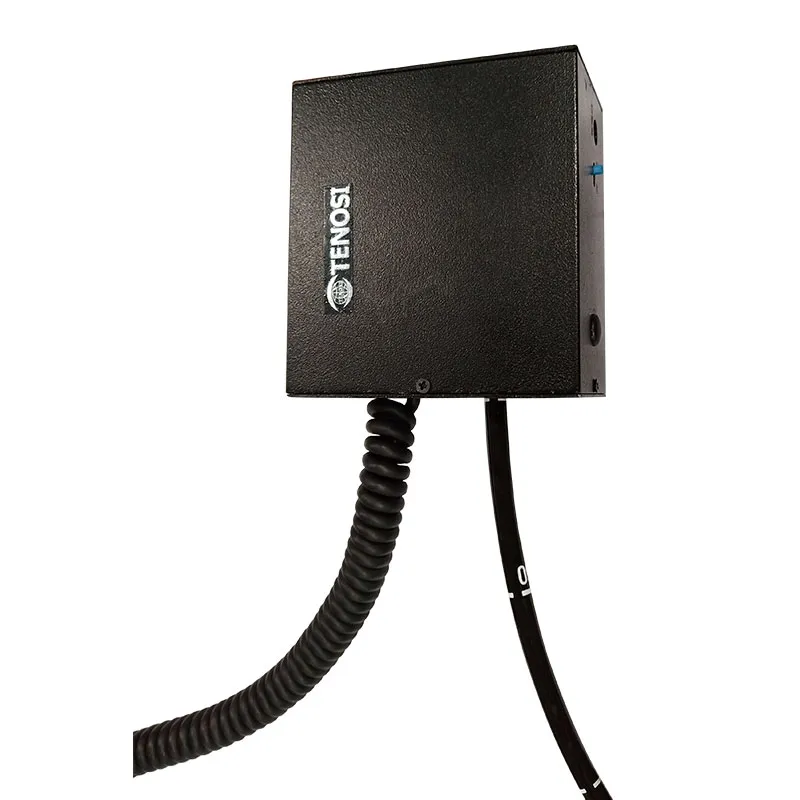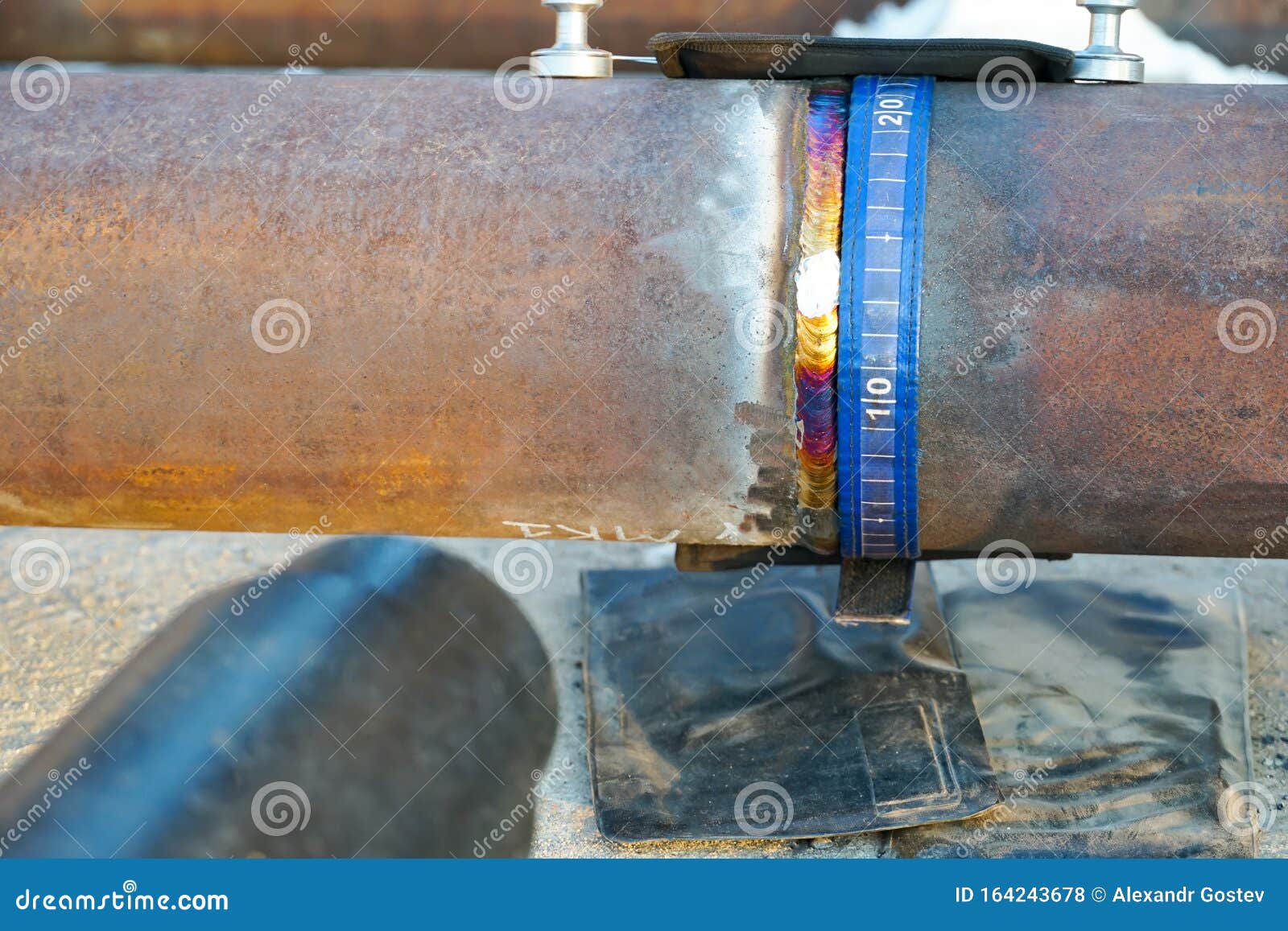
Ideal Practices for Pipe Welding Assessment: Techniques, Requirements, and Treatments to Attain Top Quality Assurance and Conformity
Effective pipeline welding examination is vital for guaranteeing the honesty and safety and security of critical facilities. By using a mix of methods such as aesthetic evaluation and progressed non-destructive testing methods, along with adherence to developed industry standards like those from ASME and AWS, organizations can dramatically improve their high quality assurance processes. However, the implementation of these ideal practices presents different challenges that warrant cautious consideration. Understanding the complexities associated with each phase of evaluation is important to achieving conformity and reliability in pipe systems. What specific methods can be used to browse these challenges properly?
Significance of Welding Inspection
The honesty of welded joints is paramount in making sure the safety and reliability of pipeline systems. Proper welding techniques and comprehensive evaluation processes are vital to stop failings that can result in disastrous occurrences, ecological damage, and death. Pipeline Welding Inspection. Welding evaluation offers as a precautionary procedure, determining flaws such as splits, porosity, and incomplete fusion prior to they escalate into significant problems
In addition, pipe systems usually run under high pressure and extreme conditions, making the high quality of welds a lot more critical. Regulatory compliance is another substantial aspect, as different standards dictate the quality control procedures that need to be abided by in pipe building and construction and maintenance. Failure to comply can lead to financial losses and lawful ramifications.

The function of welding examination prolongs beyond mere verification of workmanship; it incorporates the assurance of long-term functional stability. This entails a systematic approach that includes not only visual examinations yet also advanced non-destructive screening methods. Inevitably, reliable welding assessment is an investment in the longevity and safety and security of pipe systems, guaranteeing they work as meant while lessening dangers related to product deficiencies.
Key Inspection Methods

Visual examination, typically the initial line of defense, enables the identification of surface problems such as cracks, damages, and porosity. Ultrasonic testing utilizes high-frequency audio waves to detect internal problems, using an extensive assessment of weld stability. This non-destructive technique is particularly reliable for recognizing stoppages that may not be noticeable externally.
Radiographic testing involves using X-rays or gamma rays to produce pictures of the welded joint, disclosing interior problems. This technique gives in-depth understandings but might need specialized devices and safety and security considerations. Finally, magnetic fragment screening is efficient for detecting surface area and near-surface gaps in ferromagnetic products, utilizing magnetic areas and fine iron fragments.
Sector Requirements and Laws
Compliance with market requirements and guidelines is important for making sure the top quality and safety and security of pipeline welding inspections. These requirements offer a framework for best practices in welding processes, materials, and assessment methods, permitting organizations to reduce flaws and improve the honesty of pipe systems. Trick bodies such as the American Culture of Mechanical Engineers (ASME), the American Welding Society (AWS), and the International Company for Standardization (ISO) set forth standards that are extensively recognized and adopted within the market.
In the USA, guidelines from the Pipe and Hazardous Products Security Administration (PHMSA) regulate the safety of pipe operations, mandating extensive assessment methods. These requirements not just serve to protect public safety and the environment but additionally make certain conformity with legal and lawful responsibilities. Adherence to link the pertinent codes, such as ASME B31.3 for procedure piping, is crucial for maintaining functional efficiency and regulative conformity.
Moreover, constant updates and modifications to these criteria mirror technological advancements and developing industry techniques, highlighting the requirement for companies to remain educated and train workers appropriately. Eventually, robust compliance with well established criteria cultivates trust fund and integrity in pipe facilities, safeguarding both stakeholders and possessions.
Effective Assessment Treatments
Effective assessment treatments are vital for determining prospective problems in pipeline welds and ensuring the total stability of the system. An organized approach to evaluation incorporates a number of crucial phases, consisting of pre-weld, in-process, and post-weld examinations. Each stage plays a vital function in maintaining high quality assurance.
Throughout pre-weld assessment, it is vital to evaluate the materials and joint setups, making sure compliance with project specs. In-process examinations involve checking welding methods and criteria, such as warm input and take a trip rate, to protect against issues from taking place. This stage permits real-time adjustments to welding methods.
Post-weld evaluations include non-destructive testing home (NDT) strategies like radiography, ultrasonic testing, and magnetic bit testing. These methods assist spot internal and surface defects that might jeopardize the pipeline's performance. Documentation of all inspection activities is paramount, providing a traceable document that sustains conformity with market requirements.
Training and qualification of examination workers further boost the efficiency of these treatments. By sticking to an organized inspection procedure, organizations can minimize risks, ensure conformity, and ultimately supply pipelines that satisfy stringent safety and performance demands.
Usual Difficulties and Solutions
Pipe welding evaluation provides several common difficulties that can influence the top quality and security of the end product. One considerable obstacle is the variability in welding techniques and materials, which can result in irregular weld quality. To resolve this, it is critical to establish standardized treatments and training for welders, ensuring a consistent approach across jobs.

Ecological aspects, consisting of temperature and moisture, can additionally impact the welding procedure, potentially leading to fractures or incomplete blend. Applying controlled environments and adhering to pre-weld treatments can reduce these risks.
Final Thought
Finally, the execution of ideal methods for pipeline welding examination is necessary for making sure quality control and conformity with industry requirements. An extensive technique, integrating numerous techniques such as visual, ultrasonic, and radiographic testing, assists in the identification of flaws throughout all stages of the welding procedure. Pipeline Welding Inspection. Adherence to established regulations and effective inspection treatments not only enhances the reliability and safety of pipeline systems yet likewise alleviates dangers linked with welding defects, thus advertising overall operational stability
Conformity with market requirements and guidelines is important for making certain the quality and safety of pipeline welding assessments. These criteria give a structure for ideal practices in welding procedures, products, and assessment techniques, enabling companies to decrease problems and enhance the stability of pipeline systems.In the United States, laws from the Pipe and Hazardous Materials Security Management (PHMSA) regulate the safety and security of pipe procedures, mandating extensive inspection methods. An organized approach to evaluation incorporates a number of essential phases, consisting of pre-weld, in-process, and post-weld assessments.In final thought, the implementation of ideal practices for pipeline welding assessment is crucial for making certain quality assurance and conformity with sector criteria.